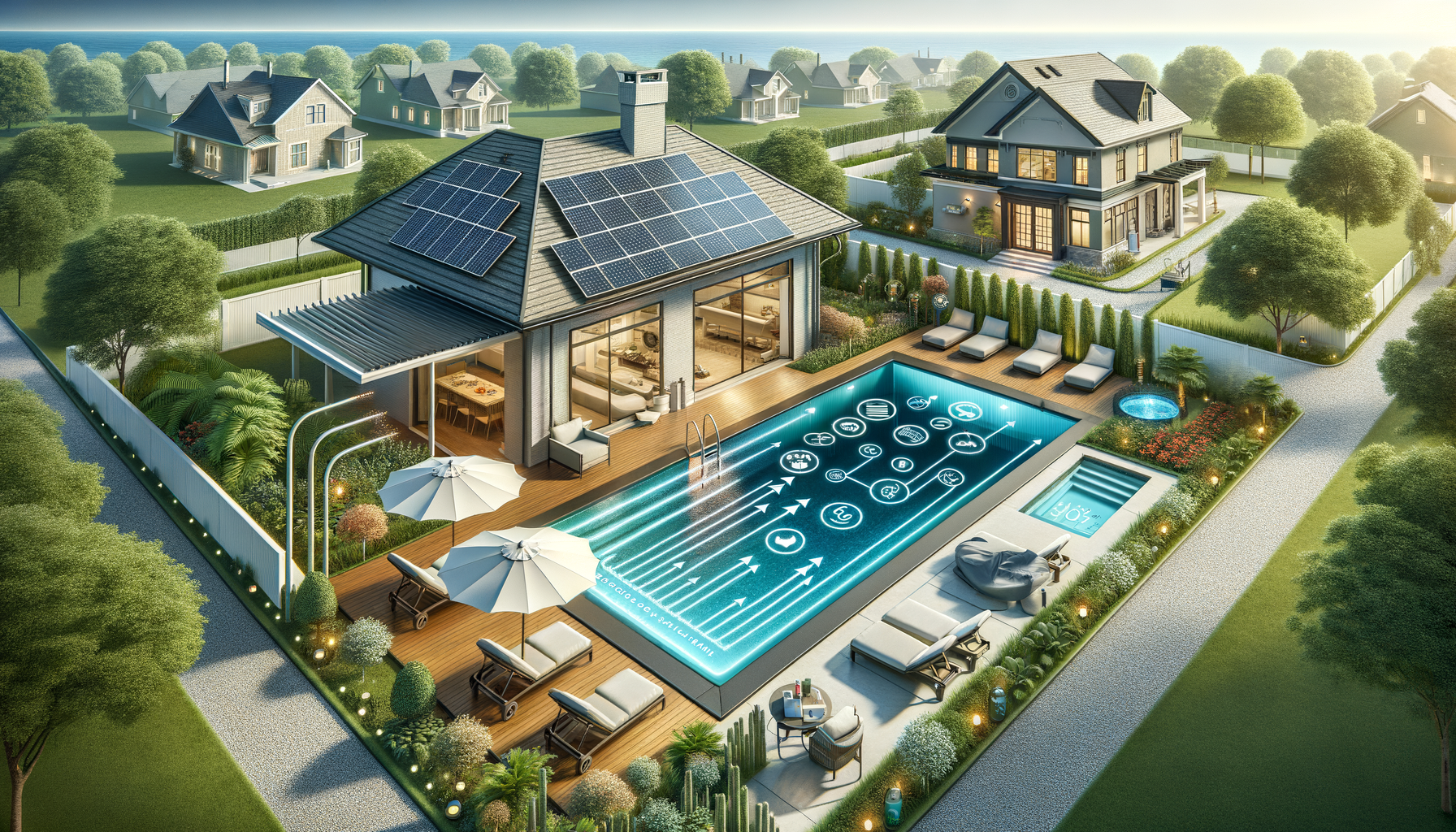Introduction to Pool Costs
When considering the addition of a pool to your home, understanding the associated costs is crucial. A pool is not just a place for relaxation and entertainment; it is also a significant investment that can enhance your property’s value. However, choosing a cost-effective pool requires careful consideration of various factors beyond the initial price. This article will guide you through the essential aspects of pool costs, helping you make an informed decision that aligns with your budget and lifestyle.
Understanding Initial Costs
The initial cost of a pool can vary widely based on several factors, including the type of pool, size, and materials used. Common pool types include in-ground and above-ground pools, each with distinct cost implications. In-ground pools are generally more expensive due to the extensive excavation and construction required. On the other hand, above-ground pools are typically more affordable and easier to install.
When calculating initial costs, consider the following:
- Type of pool: In-ground or above-ground
- Materials used: Concrete, fiberglass, or vinyl
- Size and depth of the pool
- Additional features: Lighting, heating, and landscaping
Each of these elements contributes to the overall upfront cost, and it’s essential to balance your desires with your budget constraints to find a pool that offers lasting satisfaction without financial strain.
Long-Term Maintenance Costs
While the initial cost is a significant consideration, the long-term maintenance expenses of a pool can also impact its cost-effectiveness. Regular maintenance is crucial to ensure the pool remains safe and functional. This includes cleaning, chemical balancing, and equipment upkeep.
Key maintenance costs include:
- Chemicals for water treatment
- Electricity for pumps and heaters
- Repairs and replacements of parts
- Professional cleaning services
Understanding these ongoing expenses will help you budget effectively and avoid unexpected financial burdens. Opting for energy-efficient equipment and automated cleaning systems can also reduce long-term costs, making your pool a more sustainable investment.
Installation and Construction Considerations
The method of installation and construction significantly influences the total cost of a pool. In-ground pools require professional installation, which involves excavation, plumbing, and electrical work. This process can be time-consuming and costly but results in a durable and aesthetically pleasing pool.
Above-ground pools offer a more budget-friendly alternative, often involving simpler installation processes that can sometimes be completed by the homeowner. However, they may not offer the same level of customization or durability as in-ground pools.
When planning your pool installation, consider:
- Hiring reputable contractors for in-ground pools
- DIY options for above-ground pools
- Permits and regulations in your area
- Potential landscaping changes
Choosing the right installation method will depend on your budget, desired features, and willingness to engage in the construction process.
Conclusion: Finding the Right Balance
In conclusion, selecting a cost-effective pool involves more than just evaluating the upfront cost. It’s about finding a balance between initial expenses, long-term maintenance, and installation requirements. By carefully considering these factors, you can choose a pool that not only fits your budget but also enhances your outdoor living space for years to come.
Remember, a pool is a long-term investment that can provide countless hours of enjoyment and relaxation. Take the time to research and plan thoroughly, ensuring that your choice aligns with both your financial situation and lifestyle aspirations.




Leave a Reply